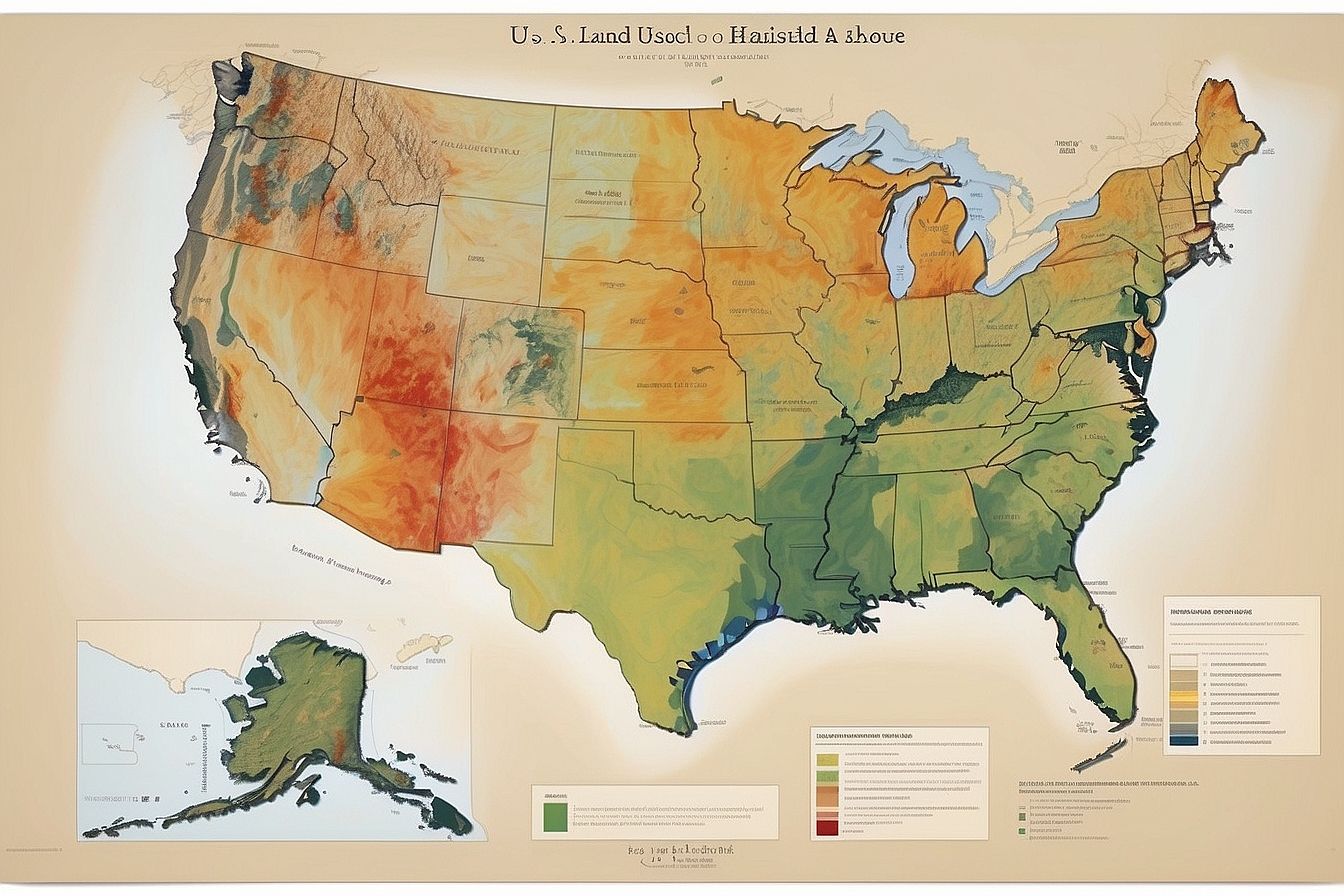In the beloved sanctuaries of our gardens, and spreading further afield, we find ourselves grappling with an all-too-familiar foe: invasive plant species. These uninvited interlopers are not just your average nettlesome weeds; they have the audacity to even tinker with the soil’s very chemistry! But fear not.
Our latest blog post has been cultivated to arm you with a plethora of effective strategies for reclaiming your green spaces. So band together with us as we unveil how solidarity and savvy can help us triumph in this botanical battle.
Read on, and let’s nip these invaders in the bud – together!
Key Takeaways
- Invasive plant species like tamarisk and eucalyptus disrupt California’s ecosystems by outcompeting native plants, changing soil chemistry, and increasing fire hazards.
- Effective strategies to tackle invasive species include raising public awareness, responsibly planting native vegetation in gardens, and enforcing strict importation controls on potential invaders.
- Government agencies are key in managing invasive plants through legislation, funding for control programmes, and collaborating on action plans with communities to protect biodiversity.
- Removal of non – native plants combined with replanting indigenous species helps restore the natural balance of local environments and supports wildlife habitats.
- Efforts against invasive plant spread must be persistent; combining prevention, removal, replacement with natives, along with government initiatives ensures a continuous fight for ecological preservation.
Examples of Invasive Plant Species in California
Tamarisk and Eucalyptus are two examples of invasive plant species in California. These non-native plants have spread rapidly, outcompeting native vegetation and disrupting the delicate balance of local ecosystems.
Tamarisk
We see tamarisks as a major challenge in our ongoing war against invasive species in California. These hardy plants thrive in arid conditions, pushing out native vegetation and altering habitats.
Their extensive root systems reduce groundwater levels and increase soil salinity, making it tough for local plants to survive. As enthusiastic supporters of environmental conservation, we recognise the urgency to curb their spread.
Our efforts include removing these invaders from key areas and replacing them with indigenous species that support biodiversity. By combating tamarisk effectively, we’re taking vital steps towards ecological restoration and protecting our precious ecosystems from damage caused by nonnative species.
Eucalyptus
Eucalyptus, also known as the gum tree, is an invasive plant species that has significantly impacted California’s ecosystem. These fast-growing trees can quickly outcompete native plants for resources such as sunlight and water.
Their leaves contain oils that inhibit other plants from growing nearby, further contributing to their invasive nature. Additionally, eucalyptus trees are highly flammable, posing a significant fire hazard in regions where they have taken over the landscape.
To combat the spread of eucalyptus, it is essential to employ strategies such as targeted removal and replanting with native species. Government efforts play a crucial role in managing this invasive species through legislation and coordinated conservation programmes.
Strategies to Fight Invasive Plant Species
– Implementing prevention measures such as public education and awareness to avoid the introduction of invasive species.
– Actively removing and replacing invasive plants with native species to restore balance in ecosystems.
– Government efforts through laws, policies, and funding for the management and control of invasive plant species.
Prevention
To prevent the spread of invasive plant species, it’s crucial to raise awareness about the impact of these plants on ecosystems. Educating communities about identifying and reporting invasive species can help in early detection and control.
Encouraging responsible gardening practices, such as using native plants in landscaping instead of invasive species, is another effective prevention strategy advocated by conservation efforts.
Implementing strict regulations to monitor the importation and distribution of potential invasive plants plays a significant role in preventing their introduction into new areas. Collaborating with local authorities and environmental organisations to develop comprehensive management plans for combating invasives is essential for long-term success.
Removal and Planting Native Species
After preventing the introduction and spread of invasive plant species, another crucial step is their removal and replacement with native species. Removing invasive plants such as tamarisk and eucalyptus prevents them from outcompeting native vegetation, which helps restore balance to ecosystems.
Planting native species in place of invasives promotes biodiversity, supports local wildlife, and contributes to restoring the natural habitat.
Government agencies, conservation organisations, and volunteers play a significant role in eradicating invasive plants through targeted removal efforts. By replacing them with carefully selected native species suited to the local environment, we can help combat the impact of invasive plant species on California’s diverse ecosystems.
Government Efforts
After implementing strategies to remove and plant native species, it is crucial to acknowledge the role of government efforts in combating invasive plant species. Government agencies play a significant part in setting regulations, conducting research, and providing funding for invasive species management.
They also collaborate with local communities and organisations to develop action plans to prevent the introduction and spread of invasive plants. Additionally, governments enforce laws and regulations related to invasive species control, helping to minimise their impact on ecosystems.
Moreover, government initiatives often involve public awareness campaigns about the risks associated with invasive plants. These efforts aim to educate individuals about the ecological impact of invasive plant species on native habitats and biodiversity loss.
Conclusion
Taking action against invasive species is vital to preserving our ecosystems. Eradicating invasive plant species and preventing their spread requires a coordinated effort. Controlling invasive species through government initiatives and community involvement is crucial.
Fighting back against invasive species will safeguard the natural balance of our environment for generations to come.
FAQs
1. What are invasive plant species and why are they a problem?
Invasive plant species are alien plants that spread quickly, causing habitat destruction and environmental damage to ecosystems.
2. How can we stop the spread of invasive species?
To stop the spread of invasive species, we can implement methods like weed management, eradicating populations before they grow, and adhering to California laws regarding these species.
3. Can insects be considered as invasive species in California?
Yes, certain insects can become invasive species in California by damaging crops and native plants if not controlled effectively.
4. What actions can I take against combating invasive plant species?
Taking action involves preventing their introduction, controlling their growth through various methods, and following steps for eradicating them from affected areas.
5. What impact do invasive plant species have on our environment?
The impact of invasive plant species ranges from outcompeting native flora to altering habitats which leads to significant changes in ecosystem function and health.





